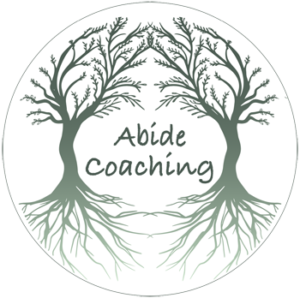Over the holidays, I was explaining to someone what I do. Saying I am a professional organizer doesn’t really work. Compliments of HGTV and others, people get images in their heads of either someone working with a person with hoarding issues or spaces being magically recreated within an hour. I don’t do either of those things, as a matter of fact, the people on those shows don’t do it in an hour either. Most organizers have a niche. Mine is working with people who are chronically disorganized, even more specifically students ages 11-30. The majority of my clients have ADHD, bipolar, Asperger’s, anxiety and other conditions. What I am often doing is helping them create structure. When I ask them to look back to a time where life was working for them or an area where life is working for them to almost always comes down to an environment that had/has a structure in it. I enjoy working with students; I work as a partner with all my clients to figure out what will work best for them. I idea that I am just in their corner and will support their ideas can transform them but a structure is a must. The brain will always choose a habit over using the frontal lobe which is where EF skills and thinking occurs, which uses up a vast amount of energy. Here are some tips that focus on students with ADHD for creating that structure:

- Basic self-care needs must be meet. Nobody’s brain works well without healthy food and sleep. I have clients who hyperfocus so much that they forget to eat and I have clients who don’t get enough sleep, therefore, they have trouble waking up in the morning. If your child has any brain-based condition, symptoms of that condition are going to become more pronounced without self-care needs being met. Other self-care is important as well; taking medications or taking them on time and getting some form of exercise. Forming habits and creating routines around these self-care needs is a must.
- To create a routine, for the first time, try starting with a morning or bedtime routine. Talk about with your student and write it down. Be specific. Build out from morning and night until to have a written schedule. Put the schedule in a location where everyone can see it.
- Add routines that reflect your child/teen’s preferences and needs. Some students work better in the morning so let him get up and do homework in the morning, some need to take a break and then do homework, some like to read before bed, some need exercise before homework or before school. Your student should be an active participant in setting up.
- Fun and Downtime should be part of everyone’s day but especially children and teens. They need to do activities that they enjoy, allow them to relax and make them feel successful.
- Like a kindergarten class, everything at home should have a place from to be kept. The secret is to keep belongs accessible to who needs it and easy to put away and get out.
- A schedule alone will not work. Just because it is written down doesn’t mean your student will do it. Use times, apps, software, calendars, reward charts and games to help motivate your student.
- Small tangible rewards need to be part of every day. Motivation is important which comes from one of three things; interest, looming deadline or consequences or having other people around.
Let’s be honest. Sometimes life gets in the way. The unexpected happens so you need to be reasonable and flexible when life calls for it.
